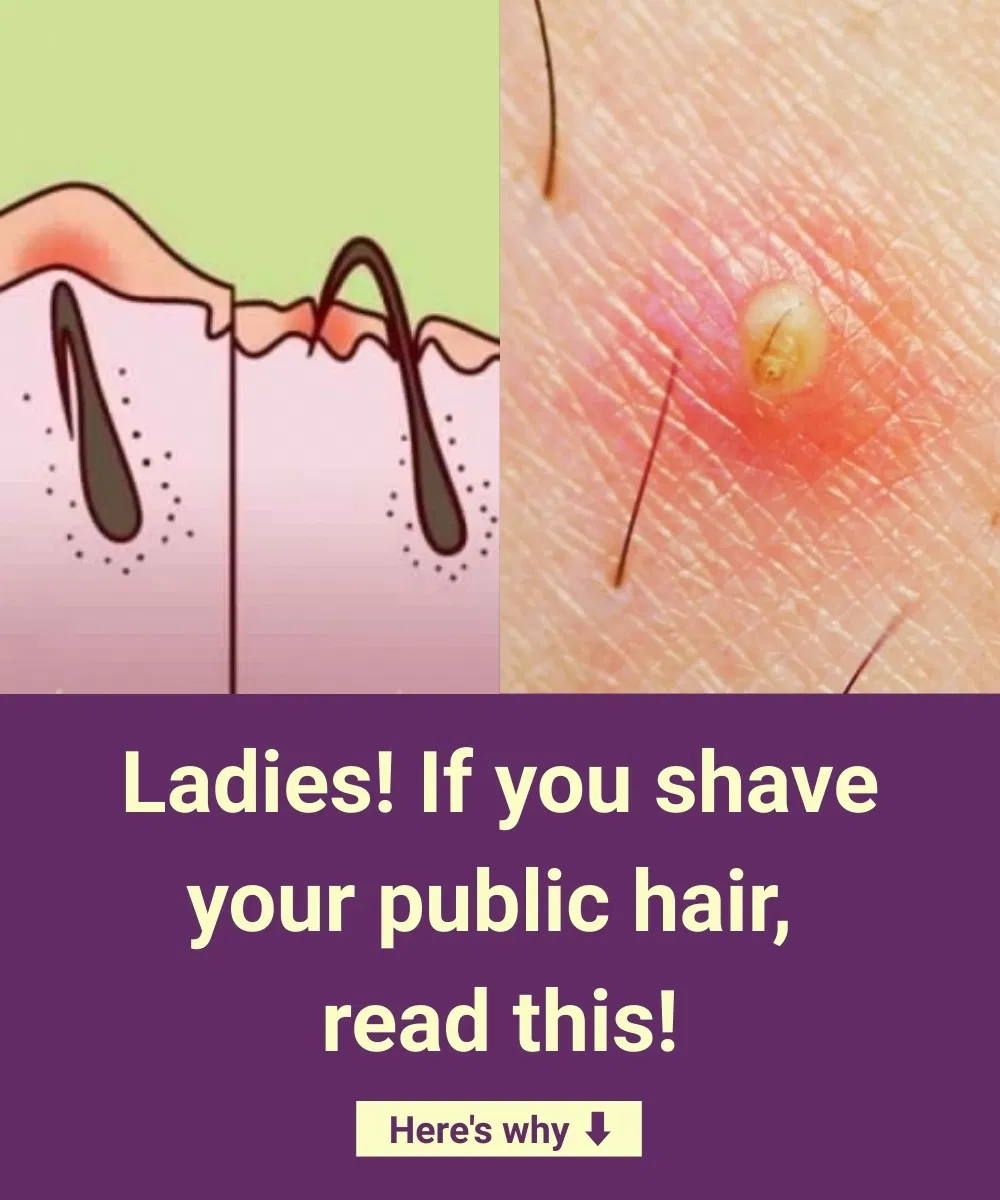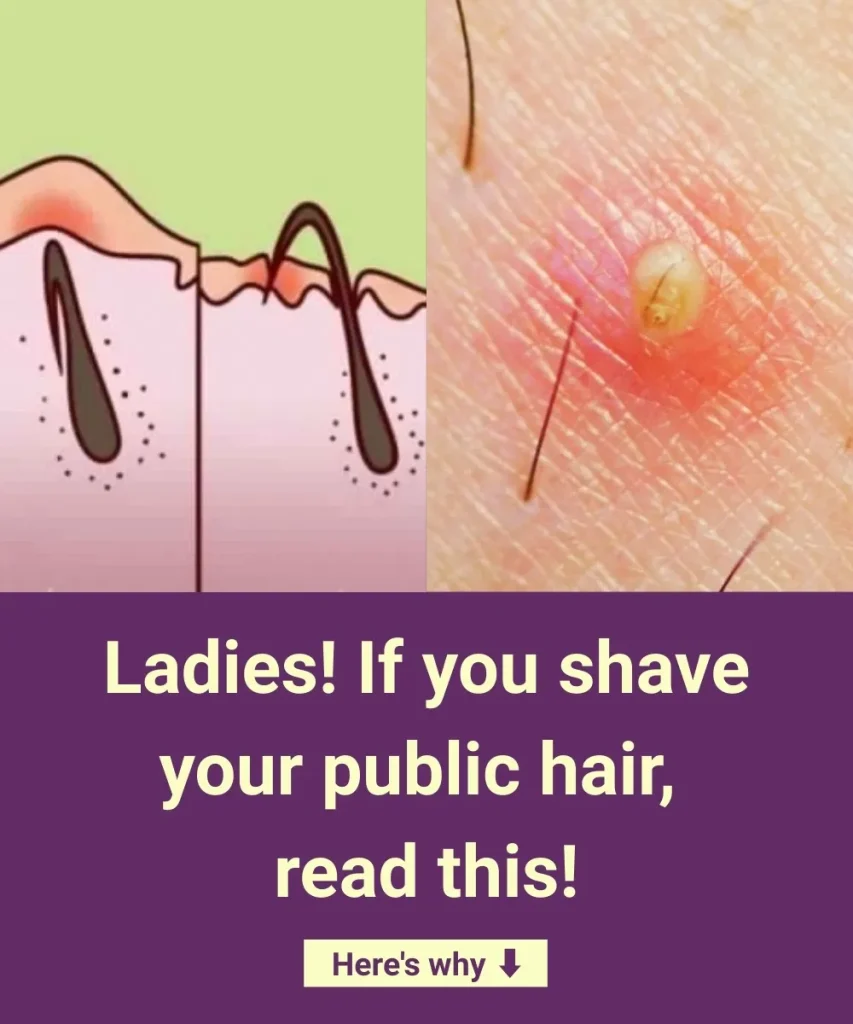From ancient rituals to modern beauty standards, pubic hair removal has a long (and surprisingly complicated) history. But as trends shift and science catches up, one question deserves to be asked:
Is shaving down there actually safe — or even necessary?
Let’s go back to where it all began.
🏺 A Brief (and Surprising) History
Pubic shaving didn’t start as a trend — it started as a requirement.
In ancient Egypt and Greece, sex workers were expected to remove their pubic hair as a sign of their profession and for perceived hygiene. But it wasn’t until the early 20th century that body hair removal started creeping into the mainstream for women — first with legs and underarms, and much later, pubic hair.
By the 1980s, the clean-shaven bikini look took off, becoming less about necessity and more about aesthetics and “cleanliness.” But here’s the plot twist: your body hair has a purpose — and removing it can actually backfire on your health.

🚨 60% of Women Report Side Effects from Pubic Hair Removal
According to recent studies, more than half of women experience at least one health issue from removing pubic hair. The most common problems?
- Microscopic skin abrasions (aka tiny, invisible cuts)
- Ingrown hairs
- Painful irritation
- Infections
- Increased risk of STIs
Still think smooth equals safe? Let’s dig deeper into what pubic hair is really doing for you.
🧬 Pubic Hair: Nature’s Built-In Protection
1. It Regulates Temperature
Pubic hair acts as a built-in thermostat. Each follicle contains oil glands that help the body sweat and cool down — not just for comfort, but to regulate your internal health.
2. It Shields Against Bacteria
Think of pubic hair as a biological filter. It traps dust, dirt, and pathogens before they can sneak into your most sensitive areas. No hair? No filter.
3. It Holds Your Scent — Literally
That natural, earthy musk? It’s all thanks to pheromones — chemical signals that play a role in attraction. Pubic hair helps retain these secretions, subtly enhancing sexual chemistry. Nature’s cologne? Basically.
⚠️ Risks That Come with Removing It
✴️ Genital Warts & STIs
Shaving leaves micro-tears in the skin, making it easier for viruses like HPV (which causes genital warts) and molluscum contagiosum to spread. This viral infection thrives in areas where the skin is irritated — like post-shave.
✴️ Boils, Abscesses & Cellulitis
Removing hair repeatedly causes friction and trauma. Doctors regularly treat patients for painful boils, abscesses, and skin infections in the genital area — often caused by shaving or waxing.
✴️ Worse for Curvier Bodies
Studies show overweight women are at a significantly higher risk of complications from pubic hair removal. Why? The skin is more compressed, increasing friction, sweating, and chances of infection.
💡 So, Should You Shave?
That’s completely up to you. But it’s important to know that pubic hair isn’t dirty, unkempt, or unhygienic. In fact, it’s the opposite.
Here’s what experts recommend if you do choose to groom:
- Trim, don’t shave — clippers are safer than razors.
- Always use a clean, sharp blade and shave in the direction of hair growth.
- Never dry shave — use a hydrating gel and warm water.
- Aftercare is a must: apply a soothing, fragrance-free moisturizer and avoid tight underwear for a day.
Normalize Hair, Normalize Choice
Your body is not a trend. Whether you keep it natural or go bare, the key is being informed, intentional, and safe. Pubic hair isn’t just a leftover from evolution — it’s a part of your body’s defense system, and shaving it all off without care comes at a cost.
Sometimes, what society tells us to remove… is exactly what nature gave us to protect.

